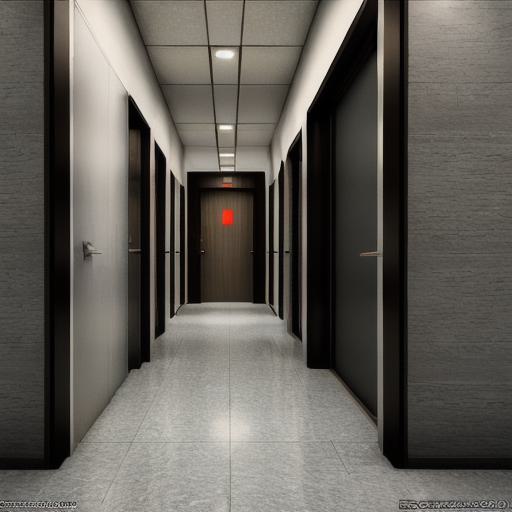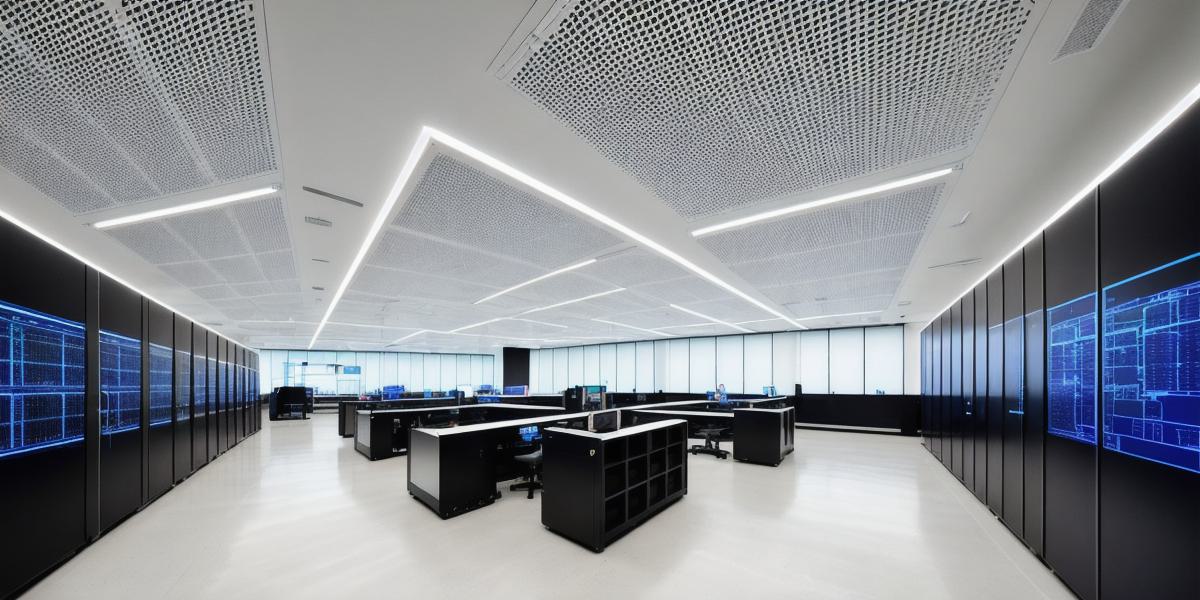A data processing room, also known as a data center or server room, is a physically secured facility designed to house and manage large numbers of computer servers, networking equipment, and other supporting infrastructure. In today’s digital world, these rooms play a crucial role in enabling the seamless operation of modern technology, from powering the cloud to running mission-critical applications for businesses and governments.
Functionality and Importance
Data processing rooms serve as the backbone of our interconnected world.
They house essential IT infrastructure, such as:
- Computer Servers: These are powerful computers that store, process, and manage data.
- Networking Equipment: Switches, routers, and other devices enable seamless communication between various parts of the network.

- Cooling Systems: To prevent overheating, advanced cooling systems maintain a consistent temperature within the room.
- Backup Power Sources: Uninterruptible power supplies (UPS) and generators ensure that critical equipment remains operational during power outages.
- Security Measures: Physical and digital security measures protect against unauthorized access and data breaches.
Modern Trends and Best Practices
As technology continues to evolve, so too do the trends and best practices related to data processing rooms:
- Cloud Computing: Cloud services allow users to access applications and store data over the internet instead of on their own physical servers. This reduces the need for large on-premises data centers.
- Virtualization: By using software to create virtual machines, multiple operating systems and applications can run on a single piece of hardware. This increases efficiency and reduces costs.
- Sustainability: Data processing rooms consume significant amounts of energy. To minimize their environmental impact, organizations are increasingly turning to renewable energy sources and implementing energy-efficient designs.
- Remote Management: Advanced monitoring systems and remote management tools enable IT staff to manage data processing rooms from anywhere in the world.
**Summary: The Future of Data Processing Rooms**
Data processing rooms will continue to be a vital component of modern technology, as they provide the foundation for cloud services, mission-critical applications, and the ever-expanding digital economy. With trends such as cloud computing, virtualization, sustainability, and remote management shaping the future of data processing rooms, it’s an exciting time to be part of this dynamic industry.
As you delve deeper into the world of data processing rooms, remember that they are the beating heart of our interconnected world, ensuring that we can access the information and services we need, whenever we need them.
